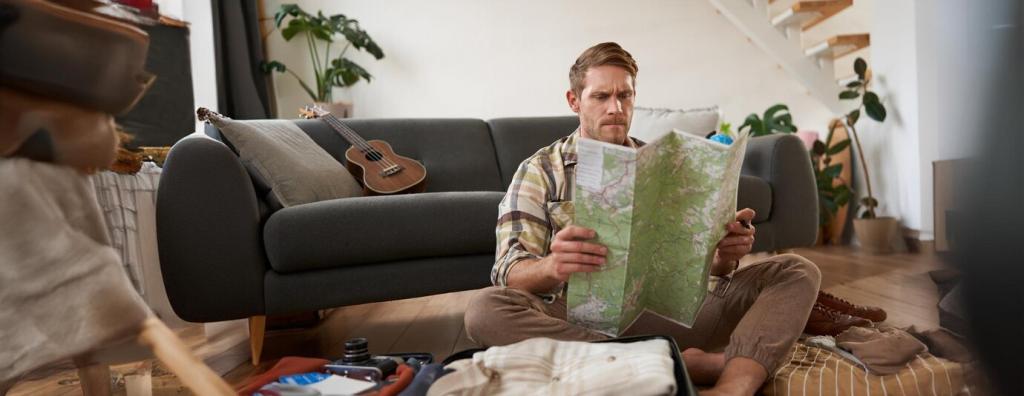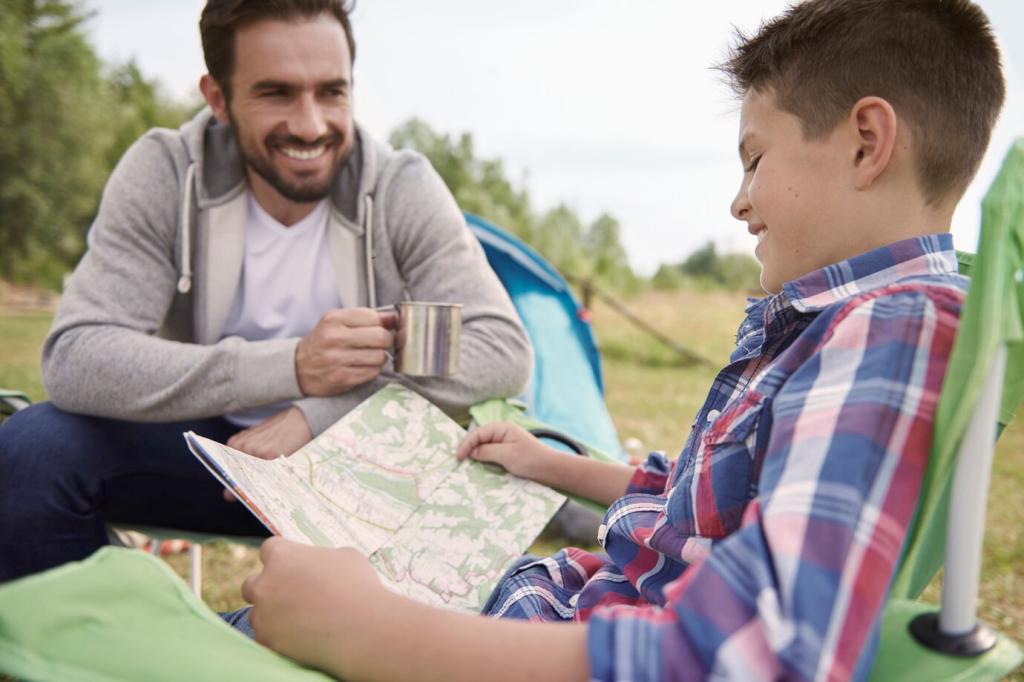Choosing Ethical Operators and Itineraries
Seek operators aligned with credible standards, such as GSTC-aligned certifications or regional wildlife welfare codes. Read their policies on viewing distances, group sizes, and no-feeding rules. Bookmark those pages and ask questions—ethical teams welcome scrutiny and love explaining how they minimize disturbance in sensitive habitats.
Choosing Ethical Operators and Itineraries
Ethical companies share where your money goes: ranger salaries, community scholarships, trail maintenance, or anti-poaching patrols. Ask for annual impact summaries and independent audits. Insist on specifics rather than vague promises, and reward the organizations that publish clear data showing genuine benefits for wildlife and habitats.






